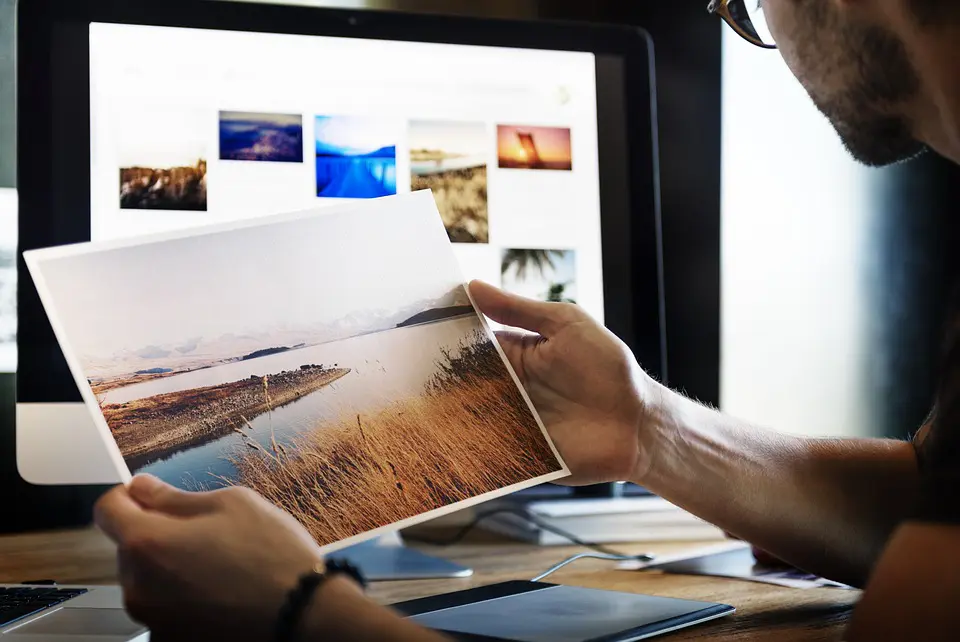Website visitors enjoy viewing images and visual stimulation in your content without knowing the amount of time you dedicated to polishing up your content’s presentation. You can’t just upload photos and click the publish button. You need to optimize them first.

(Pixabay / rawpixel)
Optimizing website pictures can be a difficult process that will challenge your patience, but your hard work will pay off when you see improvements in your Google rankings. Here are some important aspects to consider when optimizing images for your WordPress website:
- Edit Images – Even without Adobe Photoshop, you can edit your pictures using app or web-based photo-editing tools such as Pixlr, PicMonkey, Fotor, or Gimp, many of which are free. If you are particular about the grammar of your content, you should also be concerned about the quality of your photos.
- Compress Images – You will be consuming valuable space on your website if you do not compress your photos before uploading. Not only will you be wasting hosting space but you’ll slow down your site which can contributed to decreased conversions and rankings. Luckily, plugins like Smush do it for you.
- Name Image Files – Make sure to properly name your photos. Search engines will use the photos’ file names in identifying and indexing results. Using keywords in the file name, in addition to other supporting optimization efforts, may contribute increased rankings.
- Alt text attribute – Search engines use the alt text attribute in determining the textual representation of the image content. The alt text box provides word pairing for the image.
- Image title attribute – Often the forgotten cousin of image alts, you should also add image titles to your pictures. The title complements the alt text attribute, which is used by Google to determine information about the image.
- Image captions – While WordPress’s image caption feature many not directly benefit SEO, it can improve user experience or increase conversions by guiding visitors to take action.
- Image description – If you have your images set to be indexed, WordPress’s image description text will be displayed on the image attachment/details page. Not sure if your image attachments are set to be indexed? Install Yoast SEO to enable the ability to turn on or off indexing across different types of WordPress content. Depending on your website, this may be a valuable way to increase your page count and content.
Optimizing your images might be time-consuming, but the practice increase rankings and can yield significant improvements in the overall success of your website.